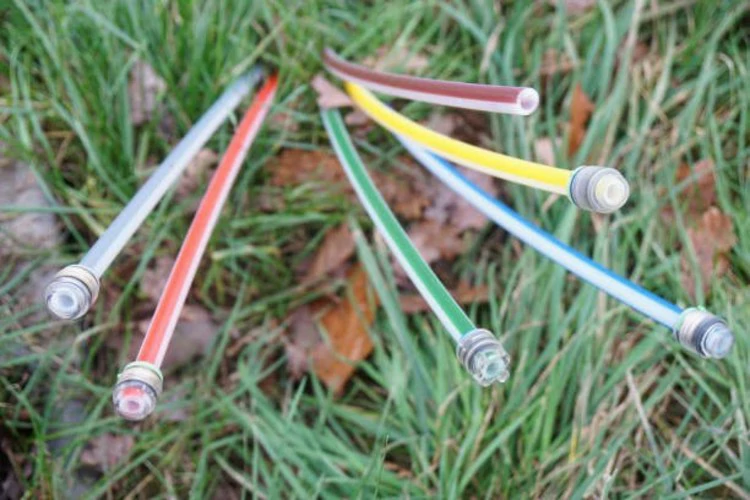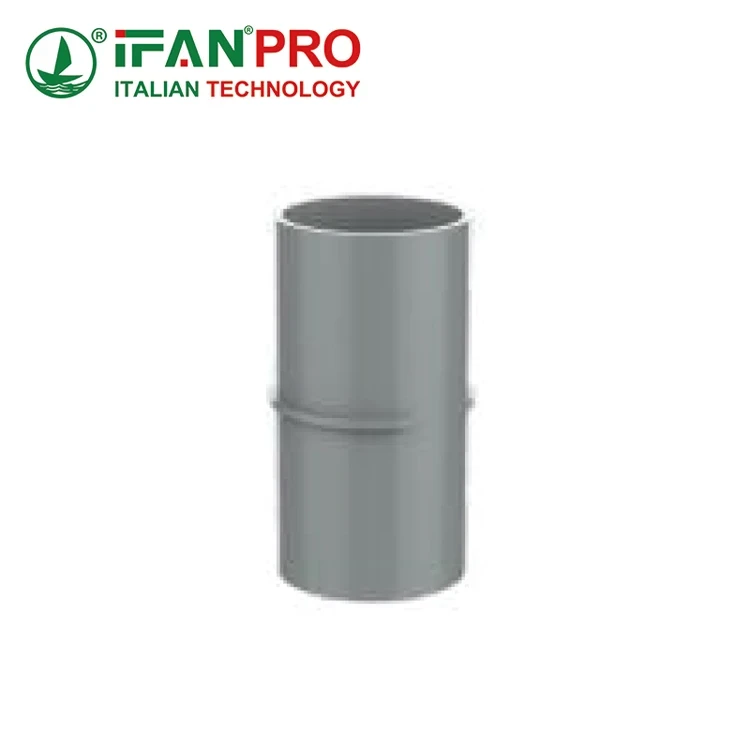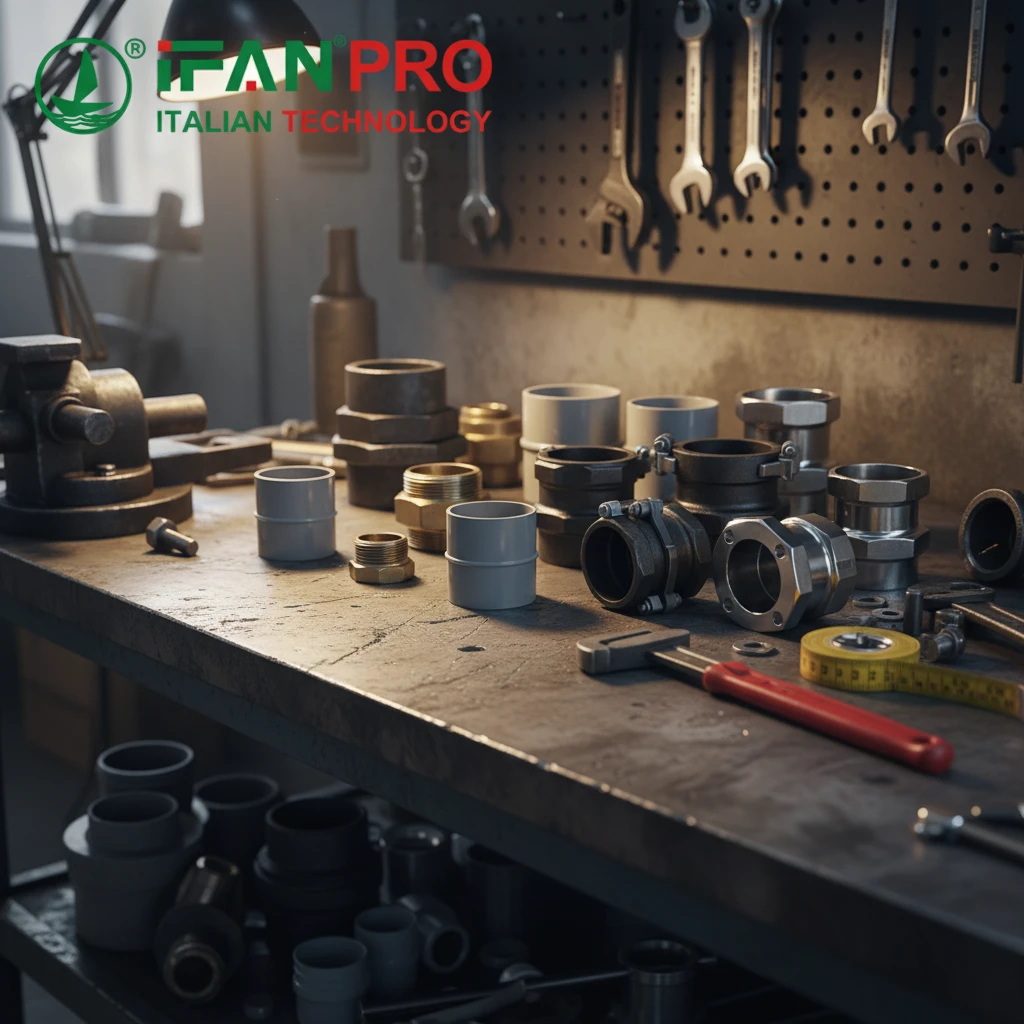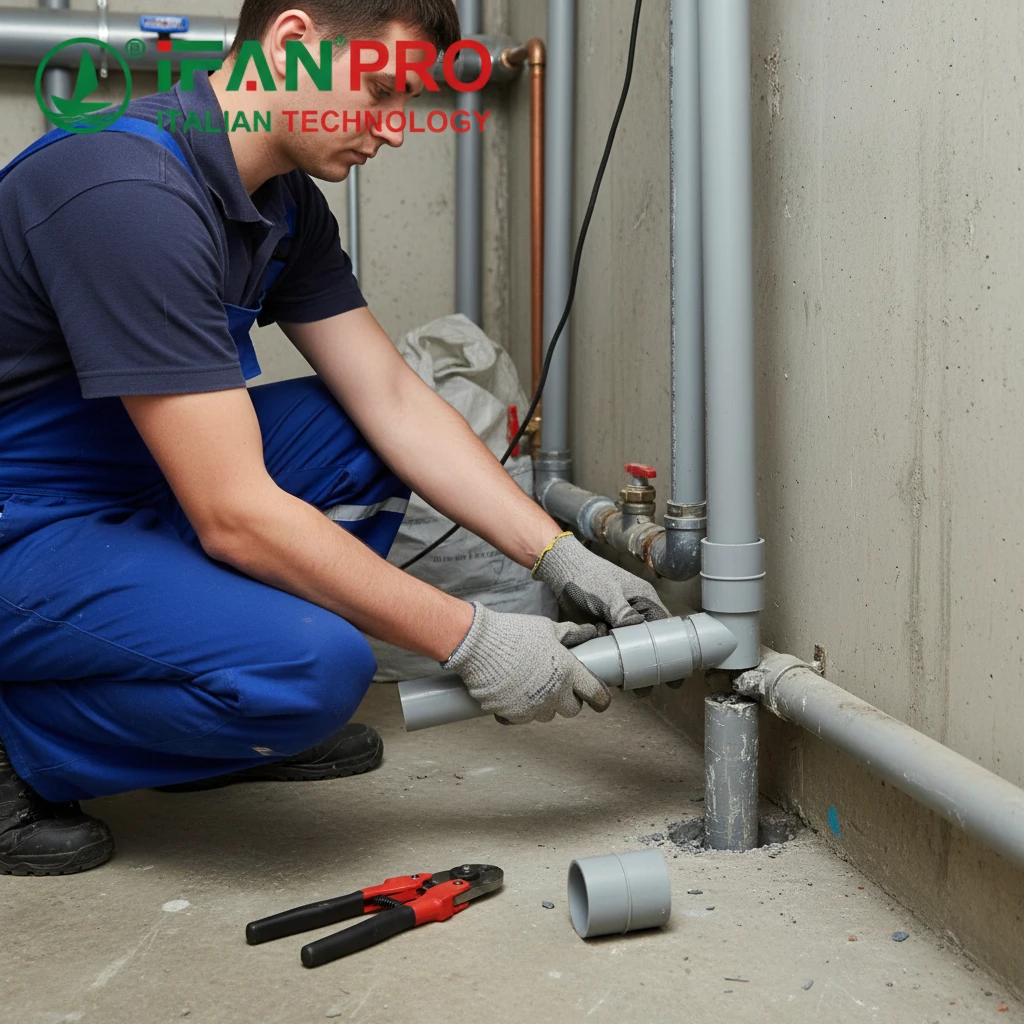Introduction:
When it comes to plumbing systems, selecting the right piping material is paramount to ensure efficiency, durability, and longevity. Two popular choices in the plumbing industry are PEX (Cross-linked Polyethylene) pipeline and traditional copper pipes. Each material has its own set of advantages and drawbacks. In this article, we’ll delve into a comprehensive comparison between PEX pipeline and copper pipes, helping you make an informed decision for your plumbing projects.
Material Composition and Properties
1.1 PEX Pipeline: Flexible and Resilient
PEX pipeline is crafted from cross-linked polyethylene, a flexible thermoplastic material known for its resilience and durability. PEX pipes are highly resistant to corrosion, scale buildup, and freezing temperatures, making them ideal for various plumbing applications. Their flexibility allows for easier installation and reduces the need for additional fittings, minimizing the risk of leaks.
1.2 Copper Pipes: Time-Tested and Reliable
Copper pipes have been a staple in plumbing systems for decades, prized for their reliability and longevity. Made from metallic copper, these pipes boast excellent heat and pressure resistance, making them suitable for both hot and cold water distribution. While copper pipes are resistant to corrosion and UV radiation, they can be prone to damage from freezing and acidic water.
1.3 Verdict: PEX for Flexibility, Copper for Longevity
In terms of material properties, PEX pipeline shines for its flexibility and resistance to corrosion, while copper pipes excel in longevity and heat tolerance. The choice between PEX and copper largely depends on the specific requirements of your plumbing project, such as budget, installation preferences, and environmental factors.
Installation Flexibility and Ease
2.1 PEX Pipeline: Quick and Convenient
One of the standout features of PEX pipeline is its ease of installation. PEX pipes can be bent and curved to navigate around obstacles, reducing the need for additional fittings and soldering. The use of push-fit or crimping connections further simplifies the installation process, saving time and labor costs for plumbers and contractors.
2.2 Copper Pipes: Precision and Expertise Required
Installing copper pipes requires precision and expertise, as they must be cut, soldered, and secured with fittings to ensure leak-free connections. While soldering provides a secure bond, it adds complexity to the installation process and may require specialized tools and skills. Additionally, copper pipes are rigid and less forgiving in tight or confined spaces.
2.3 Verdict: PEX for DIY Projects, Copper for Professional Installations
PEX pipeline is well-suited for DIY enthusiasts and homeowners due to its ease of installation and forgiving nature. Conversely, copper pipes are preferred for professional installations where precise measurements and soldering techniques are essential. Consider your level of expertise and project requirements when choosing between PEX and copper for your plumbing needs.
Cost Considerations and Affordability
3.1 PEX Pipeline: Budget-Friendly Option
In terms of cost, PEX pipeline holds a significant advantage over copper pipes. PEX is generally more affordable in terms of material and installation costs, making it an attractive option for budget-conscious homeowners and contractors. Additionally, the flexible nature of PEX pipes can reduce the need for additional fittings and labor expenses.
3.2 Copper Pipes: Higher Initial Investment
Copper pipes tend to have a higher upfront cost compared to PEX, both in terms of material prices and installation expenses. The price of copper fluctuates with market demand and commodity prices, adding variability to the overall project cost. While copper pipes offer long-term durability and reliability, their initial investment may deter some homeowners and contractors.
3.3 Verdict: PEX for Affordability, Copper for Long-Term Value
When it comes to cost considerations, PEX pipeline emerges as the more affordable option for plumbing projects, particularly for residential installations and renovations with tight budgets. Copper pipes, while more expensive upfront, offer long-term value and durability, making them a worthwhile investment for commercial and high-end residential applications.
Conclusion:
Both PEX pipeline and copper pipes have their own set of advantages and considerations. PEX is favored for its flexibility, ease of installation, and affordability, making it an excellent choice for DIY projects and budget-conscious homeowners. On the other hand, copper pipes boast longevity, heat tolerance, and reliability, making them a preferred option for professional installations and applications where durability is paramount. Ultimately, the choice between PEX and copper depends on factors such as project requirements, budget constraints, and personal preferences. By weighing the pros and cons of each material, you can make an informed decision that meets your plumbing needs and ensures the success of your project.
ИФАН является китайским производителем пластиковых труб, фитингов и клапанов с 30-летним опытом работы. Если вы заинтересованы в ИФАН медные фитинги, медные клапаны, пластиковые трубы и фитинги, пожалуйста, свяжитесь с нами. ИФАН предлагает вам разнообразные стандартные трубы для удовлетворения ваших конкретных потребностей. Нажмите ниже, чтобы узнать больше о широком ассортименте доступной и экономичной арматуры и сопутствующих товаров для трубопроводных систем от IFAN.
Мы ответим на ваше письмо или факс в течение 24 часов.
Вы можете позвонить нам в любое время, если у вас возникнут вопросы по нашей продукции.
Для получения дополнительной информации, пожалуйста, посетите наш веб-сайт https://ifanpro.com/
Отправить по почте: [email protected]
Whatsapp: + 86 19857948982














Последние комментарии